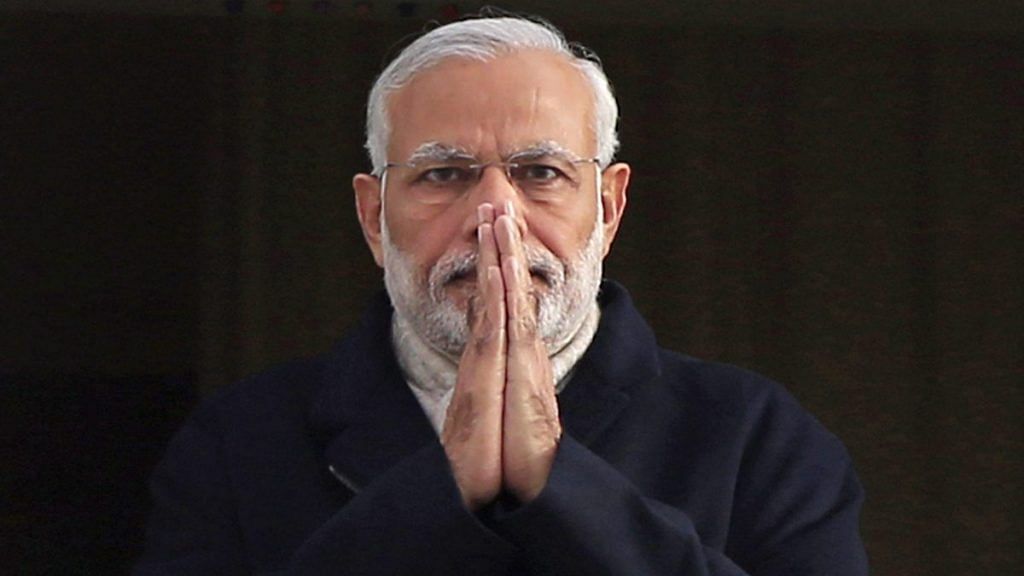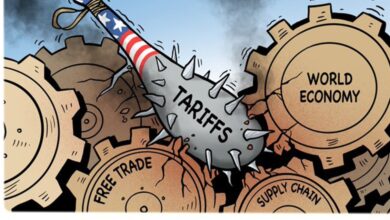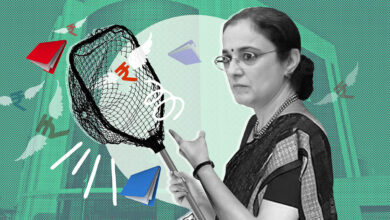PM Modi And His 7 Theories- A Tough Competition To Indian Stand-Up Comics?
PM Modi has in the past come up with various theories which seemingly provide a tough competition to stand-up comics of the country.

It is difficult to determine whether we have ever seen “Achche Din” since the BJP came into office in 2014 and Narendra Modi ended up being Prime Minister. Nevertheless, one thing is certain: thanks to our leaders, humor is on the rise in the whole nation.
Indian humor has been flourishing. People from all throughout the country are uploading recordings to YouTube, performing internationally, and even assisting aspiring stand-up comedians in gaining adequate exposure. However, they face stiff competition from our country’s politicians. While stand-up comedians must create scripts and prepare extensively, politicians simply improvise and provide us with comic gems. Our Prime Minister, Narendra Modi, is the most well-known leader to have done so.
Some of the most popular and hysterical theories invented by PM Modi-
1. Plastic surgery theory
The fervent admiration for ancient India has long been a reoccurring motif in Indian Hindu right-wing rhetoric. This also flowed into the realm of science during Prime Minister Narendra Modi’s first term, filling the media with bogus scientific assertions. From Modi’s assertion that the Hindu god Ganesh’s elephantine head demonstrates that plastic surgery was common 2,000 years ago to Pragya Singh Thakur, a candidate of the governing BJP, asserting that cow urine can treat cancer, the previous half decade has been distinguished by various types of deception.
Narendra Modi used Karna from the Sanskrit epic Mahabharata and Hindu Lord Ganesha as analogies to argue that cosmetic procedures as well as reproductive genomics were conducted countless years ago. In October 2014, Modi indicated that ancient India had expertise of plastic surgery while speaking to a group of medical professionals along with other specialists at a hospital in Mumbai.
He stated that Indians may be proud of the achievements their country had accomplished in the field of medicine at one time. He mentioned that they had been reading about Karna in the Mahabharata and came to understand, following more contemplation, that Karna had not been born from his mother’s womb. This suggested the presence of genetic research during that time period, according to the Mahabharata.
Modi argued that this historical evidence proved the availability of advanced medical methods, which allowed people like Karna to be born outside of their mothers’ wombs. Modi continued by saying that Indians worshiped Lord Ganesha and putting out the theory that perhaps a plastic surgeon operated at that time to give a human an elephant’s head, launching the field of plastic surgery. Modi underlined ancient India’s “capabilities” in a number of disciplines while largely concentrating on methods to enhance healthcare services in contemporary India.

He went on to say that our predecessors must have made important contributions in a variety of fields. Some of these achievements, he said, have received widespread recognition. He used the field of space science as an illustration, where our predecessors had once shown extraordinary strength.
The scientific community, he said, now accepts the veracity of claims made by figures like Aryabhata hundreds of years ago. He added that what he really wanted to say was that we Indians are a part of a nation with such amazing possibilities. He emphasized how important it was for them to regain and revitalize their abilities.
Modi has already spoken out in public about similar concepts. However, he did so before to becoming prime minister when serving as Gujarat’s state’s chief minister. Additionally, he penned the introduction to a book for Gujarati school children that asserts, amongst other assertions, that the Hindu god Rama was the first person to fly an airplane and that stem cell research was practiced in ancient India.
2. Digital camera and email theory
Prime Minister Narendra Modi had made a series of outrageous assertions, resulting in the explosion of memes on the Internet. Modi was heard on News Nation stating that he was amongst the initial users of digital cameras in India in 1988.
In accordance to the Prime Minister, he indicated that he may have been one of the first people to make use of a digital camera in 1987-88 to mail a picture, at a time when even email was unusual. He described Advaniji’s rally at Viramgam (Gujarat), when he photographed him with his digital camera. He confirmed that he was in possession of the camera at the moment. He then sent the shot via email to Delhi, where it had been released in color the next day. Advaniji was surprised that his color photograph was published.
However, it is worth noting that Kodak launched the first consumer digital camera (type DC 40) in the United States on March 28, 1995. Furthermore, on August 15, 1995, the state-owned telecoms operator Videsh Sanchar Nigam Limited (VSNL) began public Internet access for the first time in India.
The official feed of the Bharatiya Janata Party (BJP) as well as BJP Gujarat Twitter feeds both reposted the prime minister’s interview comments. The tweets were later removed. The online community never forgets, and screen-shots and excerpts from the interview will be remembered as some of the most absurd and irrational remarks ever uttered by a leader.
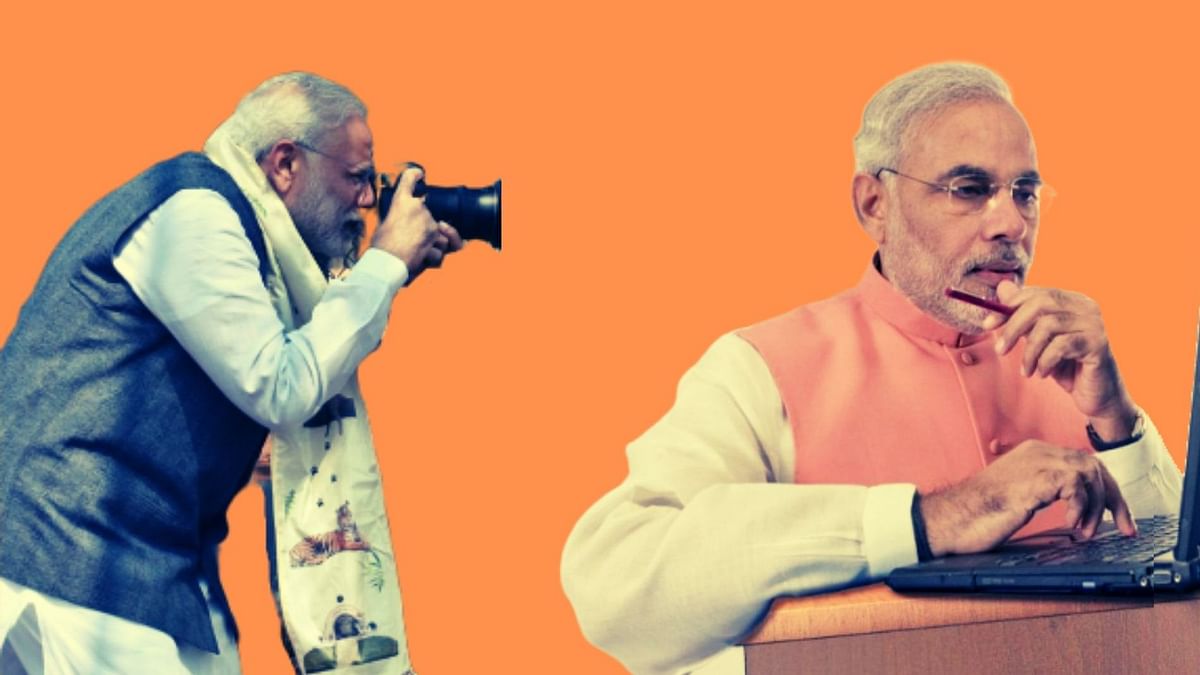
Rupa Subramanya, a Mumbai-based economist as well as co-author of Indianomix: Making Sense of Modern India, took to Twitter to share her concerns. She stated that even in the industrialized West (the United States and Canada), an average individual writing an email in 1988 would have been quite exceptional. Her earliest email experience, she said, was in 1996. She did, however, mention sarcastically that we all know that Modi is not an ordinary individual.
She went on to say in another tweet that email was only available to a few professors and scientists in the industrialized West in 1988. Nonetheless, Modi was able to utilize it in India prior to its formal release to the public as a whole in 1995. Congress MP Rajeev Satav reprimanded the Prime Minister, claiming that he maintained to have used a digital camera as well as email services before they were introduced in India. Satav stated that after failure to offer decent administration, Modi was now seeking to fool the public with unfounded assertions. He went on to say that Modi was proving the adage “Old habits die hard.”
AIMIM leader Asaduddin Owaisi responded to the Prime Minister’s remarks on Twitter. He jokingly stated that the Prime Minister had no wallet since he did not have any money, however he did have a digital camera as well as an email id in 1988. All of this, according to Owaisi, would be humorous if it had not been so embarrassing. He attacked the Prime Minister’s tendency to speak anything which came to mind, expressing worries about entrusting him with national security.
3. Climate has not changed, we have changed theory
Teachers Day in India is often a formal event to honor teachers and their profession. One such teachers day, it was a political stage, with BJP Prime Minister Modi, robbing the President of India of his traditional privilege of speaking to the nation’s teachers. Modi ascended the stage in a crowded Delhi auditorium to speak to the nation’s youngsters, not the teachers. There were 700 people inside the hall, however students all around India were listening.
Schools were compelled to set up TVs for broadcasting in real time as part of an extensive propaganda endeavor – his administration had made the speech, which was given between school hours, mandatory for each student.
After the speech, a female student coming from Assam expressed her worry regarding climate change. Even though the student posed her inquiry in English but the Hindu nationalist Modi responded using his preferred language Hindi, nothing went missing in translation in multilingual India. “Climate has not changed,” Modi said in his initial response, according to the media. We have evolved, our tolerance levels and behaviors have shifted, he said. If we alter, God has designed the system to the extent that everything is capable of balance independently on its own, he claimed disregarding the efforts which need to be made in order to positively impact the earth.
He subsequently spoke on Indian cultural beliefs towards the environment for an additional six minutes, alluding to Hindu scripture, before concluding with a bizarre allusion to threading a needle by moonlight. Enduring an evening in darkness is hardly unique in a nation where power outages occur frequently, but Modi managed to make it seem appealing.
It’s critical to realize that when it relates to climate change, Narendra Modi does not represent your typical politician. When he issued “Convenient Action: Gujarat’s action on climate change” as chief minister, he presented himself as India’s equivalent to Al Gore, despite the fact that his former state still lacks the state-level climate program necessary by the federal government. Given Modi’s public reputation as a climate expert, his climate change misinformation on Teachers Day becomes all the more surprising. Some might call it inexcusable.
4. Extra 2ab Theory
PM Modi’s speech delivered to the Indian diaspora at a gathering in Toronto (Canada) on April 15, 2015, is when the Modi’s Extra 2ab Theory meme first appeared. Mr. Modi compared the connection between India and Canada to the mathematical distinction of adding squares of variables A and B independently and inside brackets in his address.
Mathematics mein a square+b square kare to result kya aata hai, lekin maan lijiye a+b × square (^2) × () square(^2) kare toh? a+b × () square(^2) kare toh? Toh result aata hai a square (^2) + 2ab+ b square(^2), ek extra 2ab milta hai ki nahi milta hai? Ye extra 2ab kaha se aaya? Toh Bharat aur Canada jab milta hai, to extra 2ab niklta hai.
-Modi
Education is crucial in a person’s life, but when someone is excluded from it and forces a university to create a phony degree for him, mistakes like these occur. According to Narendra Modi, India and Canada make up the additional 2ab in the formula (a + b) 2; however, 2ab is really a component of the formula as (a + b)2 = a2 + 2ab + b2. Education is crucial to understanding if 2ab is a component of the formula or additional. He is insufficiently educated which is why he advised the students to sell pakoras rather than offering advice on how to acquire a good career. Even worse, he improperly speaks the formula.
5. Radar theory
A lot of discussion has ensued following Prime Minister Narendra Modi’s statement in an interview that clouds and rain may have prevented Pakistani radars from picking up Indian fighter planes during the Balakot air assault. Reactions have ranged from criticism to mockery.
Prime Minister Modi described the airstrikes on February 26 in a tweet from the official account of the BJP, which is in power. He said that the weather was adverse that day, which caused the experts to think about moving the strike’s date. However, PM Modi made the argument that the clouds may help the planes avoid radar detection.
Despite the fact that the tweet is not any more visible on the BJP’s timeline, the group earlier uploaded a one-minute video named “The story of the air strike, in PM Modi’s words,” that can still be accessed. On Saturday, Prime Minister Modi said that the climate unexpectedly became awful with clouds as well as heavy rain during a conversation with the television network News Nation. He indicated that there was some uncertainty over their ability to go forward in the cloud cover.
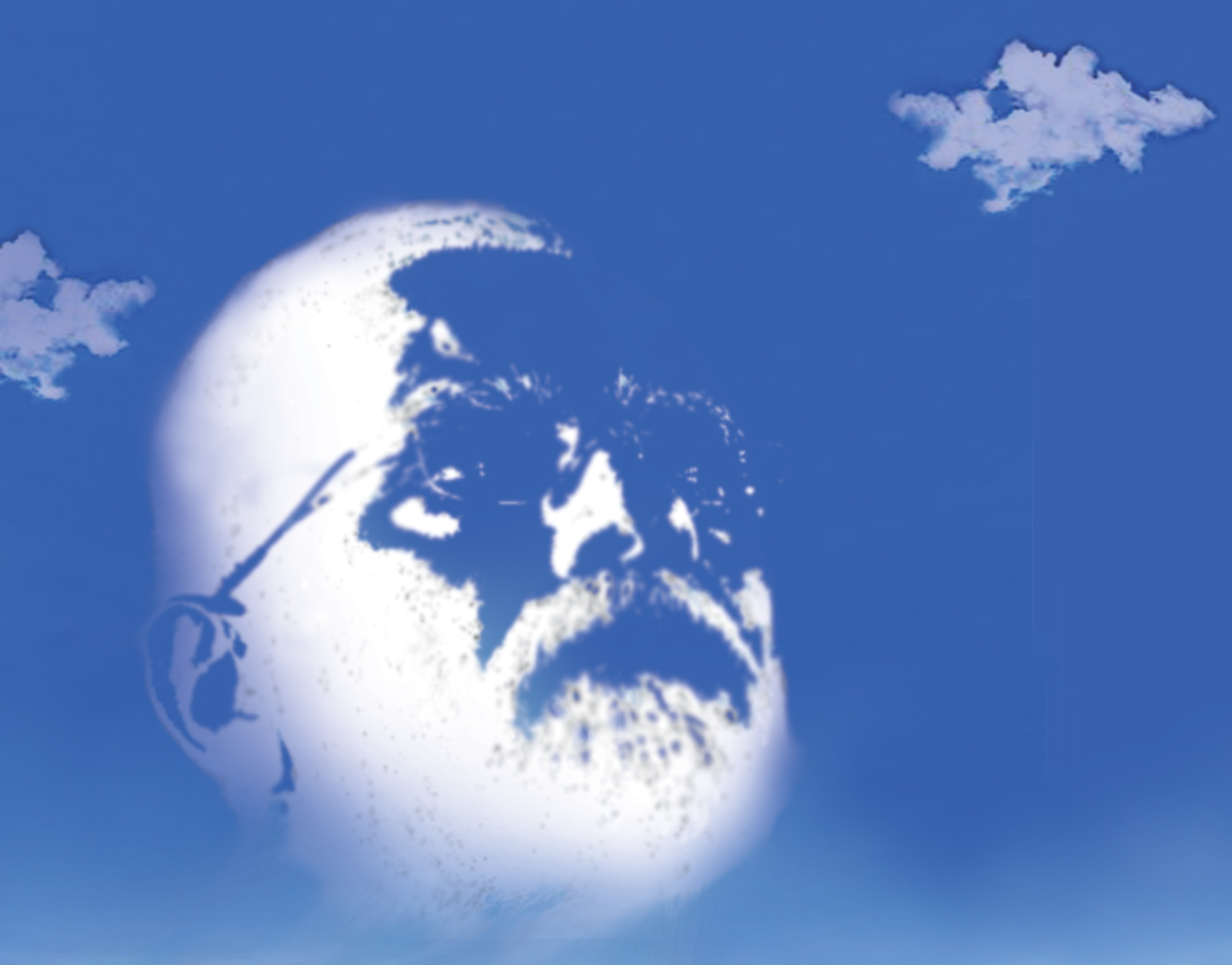
The specialists discussed the Balakot strategy and shared their thoughts on shifting the timing. Two things worried PM Modi: secrecy as well as his dearth of scientific expertise. He noted that the rain and clouds would be helpful, suggesting that they might be able to assist the aircraft in avoiding radar detection. Everyone remained perplexed, but finally PM Modi decided to move forward while highlighting the existence of clouds.
Security for the country should not be something to be taken lightly, according to left-wing leader Sitaram Yechury. Modi made a very detrimental comment by making such a careless statement. He believed that a leader like this could not continue to lead India. The Election Commission was also given a complaint from Mr. Yechury alleging that the remarks are against the model code of behavior.
Modi’s statement is unsupported by science, as numerous experts have pointed out on social media. Since radar employs radio waves for identifying targets that might have been hidden by fog, the clouds above the Balakot region could not have offered any benefit to Indian jets. The News Nation interview clip during which Modi makes these statements was shared on the Twitter feeds of the BJP’s India as well as Gujarat branches, but these were promptly removed.
6. Tea from Gutter Gas theory
On August 10, Narendra Modi asserted that he had previously read information regarding a tea vendor in a tiny village who used gas coming from a gutter to create the beverage, during a celebration of World Biofuel Day in New Delhi. The town used to be traversed by a filthy river, Modi claimed. This man was having a thought. He flipped a small utensil, poked a small hole in it, and inserted a pipe through it. He installed a pipeline to access the gas that was once coming through the gutter and then utilized it to power his tea shop. a simple procedure.
PM Modi may have the intention of mentioning the procedure of turning sewage into biofuel and utilizing it to run stoves. Modi, who has frequently emphasized his poor beginnings and asserted that as a youngster he assisted his father in selling tea, jokingly said that the story’s connection to chai drew his interest. In terms of science, PM Modi is likely referring to the process of turning sewage into gas or biofuel that may be used to power stoves.
Additionally, there is no denying that since 2016, India has been working on developing that. The problem is that you cannot merely spin a bartan (pan) to achieve that; one must have a whole industrial structure. the over-simplification of such a complex procedure is misleading and unexpected out of a prime minister. While some people believed this argument, others saw through it and stated that PM Modi should be sent back to school.

7. Discussions between Kabir, Guru Nanak Dev, and Baba Gorakhnath theory
When PM Modi falsely claimed that Kabir, Guru Nanak Dev, and Baba Gorakhnath sat down together and talked spirituality during a rally in Maghar, he misrepresented history. On the second anniversary of Kabir’s death, Prime Minister Narendra Modi visited Maghar in Uttar Pradesh. Maghar is the final resting place of Kabir. The poet and mystic, together with Nanak, Namdev, Chaitanya, and Jnanesvara, among others, embodied the Bhakti movement, a stream of spiritual practice and thought that encompassed medieval India and emphasized devotion, tolerance, peace, and fraternal love. Modi spoke at a public meeting attended by UP Chief Minister Yogi Adityanath along with other BJP officials.
In his speech, the Prime Minister lauded Kabir’s grandeur, saying- “Mahatma Kabir’s reflection upon equanimity and harmony has given direction to the society for centuries. I once again salute him who hailed from this land of nirvana. It is said that here, Saint Kabir, Guru Nankadeva and Baba Gorakhnath sat together and discussed spirituality.”
Modi critics pounced on the Prime Minister for once again getting his facts incorrect. All three of them belonged to separate eras, and perhaps PM Modi got his dates confused up. Baba Gorakhnath is from a different and earliest period compared to Kabir and Guru Nanak. He had been born in the 11th century, whereas Kabir was born around the time of the end of the fourteenth century (1398 to 1518).
Guru Nanak lived from the 15th to the 16th centuries (1469-1539). While the possibility of Guru Nanak meeting Kabir is plausible, but the idea of them both studying spirituality is a bit far-fetched. However, them even meeting Baba Goraknath seems an absurd theory.
We may draw the conclusion that it is crucial for a Prime Minister—or any leader, for that matter—to be aware of the significant influence their words can have on a nation and its people in light of all these occurrences and the criticisms that PM Modi has faced. The Prime Minister speaks on behalf of the whole nation, and his or her words have a tremendous impact on millions or perhaps billions of people. Such a position carries a great deal of responsibility and necessitates careful assessment of the messages delivered.
A prime minister’s words have the power to sway public opinion, promote harmony, and spark constructive change. On the other hand, they may also foster animosity, encourage hatred, and foster fear. Therefore, it is essential for a prime minister to communicate with the people with caution, empathy, and knowledge.
He/she should also be aware of the lasting effects that his or her words may have on international relations and diplomacy. The international stage necessitates tact, diplomacy, and sensitivity. A term that is well chosen may improve relationships, alliances, and the nation’s position abroad. On the other hand, a careless remark can damage credibility, cause unnecessary tension, and strain relationships.
The PM should further place a high priority on factual accuracy in addition to being aware of the effects of their words, especially when speaking on topics relating to science and technology. Accurate information is critical for informed decision-making and public trust in an era where scientific discoveries and technological innovations play a critical role in influencing communities and economies.
To summarize, the duty of a Prime Minister goes much beyond traditional administration; it includes the ability to define the narrative, inspire change, and set a nation’s moral compass. The recognition of this enormous duty should teach in every Prime Minister the understanding that their words must be carefully chosen and spoken with conviction, empathy, and regard for the varied minds they affect. He/she may help to develop a more harmonious, inclusive, and prosperous society for all by understanding the power of their words.
